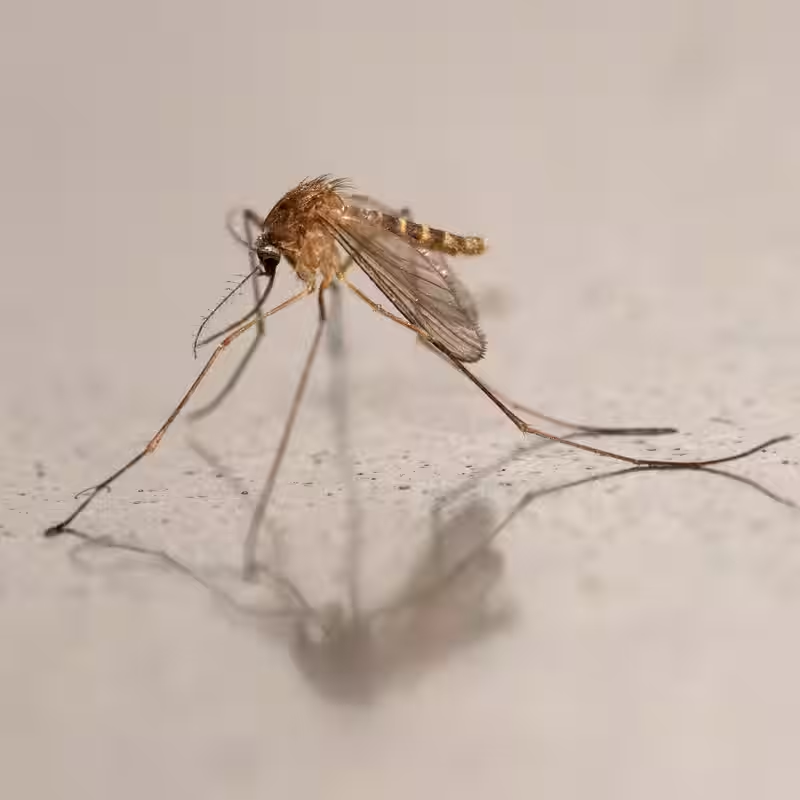Table of Contents
- The End of an Era
- How Iceland Stayed Mosquito-Free
- The Discovery That Changed Everything
- Climate Change: A Likely Culprit
- What This Means for Iceland
- Global Patterns of Insect Invasion
- Sources
The End of an Era
For decades, Iceland proudly held a rare distinction: it was one of the few places on Earth with zero native mosquito populations. That status has now officially ended. In a quiet but significant announcement this week, Icelandic environmental authorities confirmed the discovery of live mosquito larvae in a wetland near Reykjavík—marking the first verified evidence of mosquitoes establishing a foothold in the country.
The mosquito—long absent from Iceland’s ecosystem—has finally arrived, shattering a natural quirk that made the Nordic island a haven for outdoor enthusiasts and scientists alike.
How Iceland Stayed Mosquito-Free
Iceland’s mosquito-free reputation wasn’t accidental. Experts attributed it to a combination of geographic isolation, volcanic soil chemistry, and extreme seasonal temperature swings. Unlike neighboring Greenland or Scandinavia, Iceland lacked the stable freshwater pools and organic-rich wetlands that most mosquito species need to breed.
“The soil is too mineral-heavy, and the freeze-thaw cycles are too erratic for mosquito eggs to survive,” explained Dr. Elín Jónsdóttir, an entomologist at the University of Iceland. “It was a perfect storm of inhospitable conditions.”
The Discovery That Changed Everything
The breakthrough came in late September when a team from the Icelandic Institute of Natural History collected water samples from a newly formed marsh in the capital region. To their surprise, lab analysis revealed larvae of Aedes communis—a cold-tolerant mosquito species common in northern Europe and Russia.
“We double-checked, triple-checked,” said field biologist Árni Magnússon. “But there’s no doubt. These are viable, developing mosquito larvae. They’re not just passing through—they’re trying to settle.”
Climate Change: A Likely Culprit
Scientists point to warming temperatures as the most probable driver. Over the past two decades, Iceland’s average summer temperatures have risen by nearly 2°C (3.6°F). Winters are milder, snow melts earlier, and wetlands are persisting longer into the year—creating ideal breeding windows for insects previously excluded by the climate.
“This isn’t just about comfort—it’s an ecological warning sign,” said Dr. Jónsdóttir. “If mosquitoes can survive here now, what’s next? Ticks? Invasive plant diseases? The ecosystem is shifting.”
What This Means for Iceland
While the current species poses no known disease risk, its presence raises concerns about future invasions. Mosquitoes can carry viruses like West Nile or Sindbis, which have already spread into Scandinavia. Public health officials are now updating surveillance protocols and urging citizens to report unusual insect sightings.
Tourism operators, who long marketed Iceland as a “bug-free paradise,” may need to adjust messaging. “No one’s canceling trips over one mosquito,” said travel blogger Sigrún Ólafsdóttir. “But the myth is gone. And that changes something intangible about the Icelandic experience.”
Global Patterns of Insect Invasion
Iceland’s case mirrors a global trend. From Alaska to the Alps, warming climates are enabling insects to colonize regions once too cold for survival. A 2024 study in Nature Climate Change found that high-latitude ecosystems are experiencing a 30% increase in insect biodiversity per decade—much of it driven by human activity and rising temperatures.
For now, Iceland remains relatively untouched by biting pests. But the era of absolute mosquito freedom is over—and with it, a quiet chapter in the island’s natural history.




